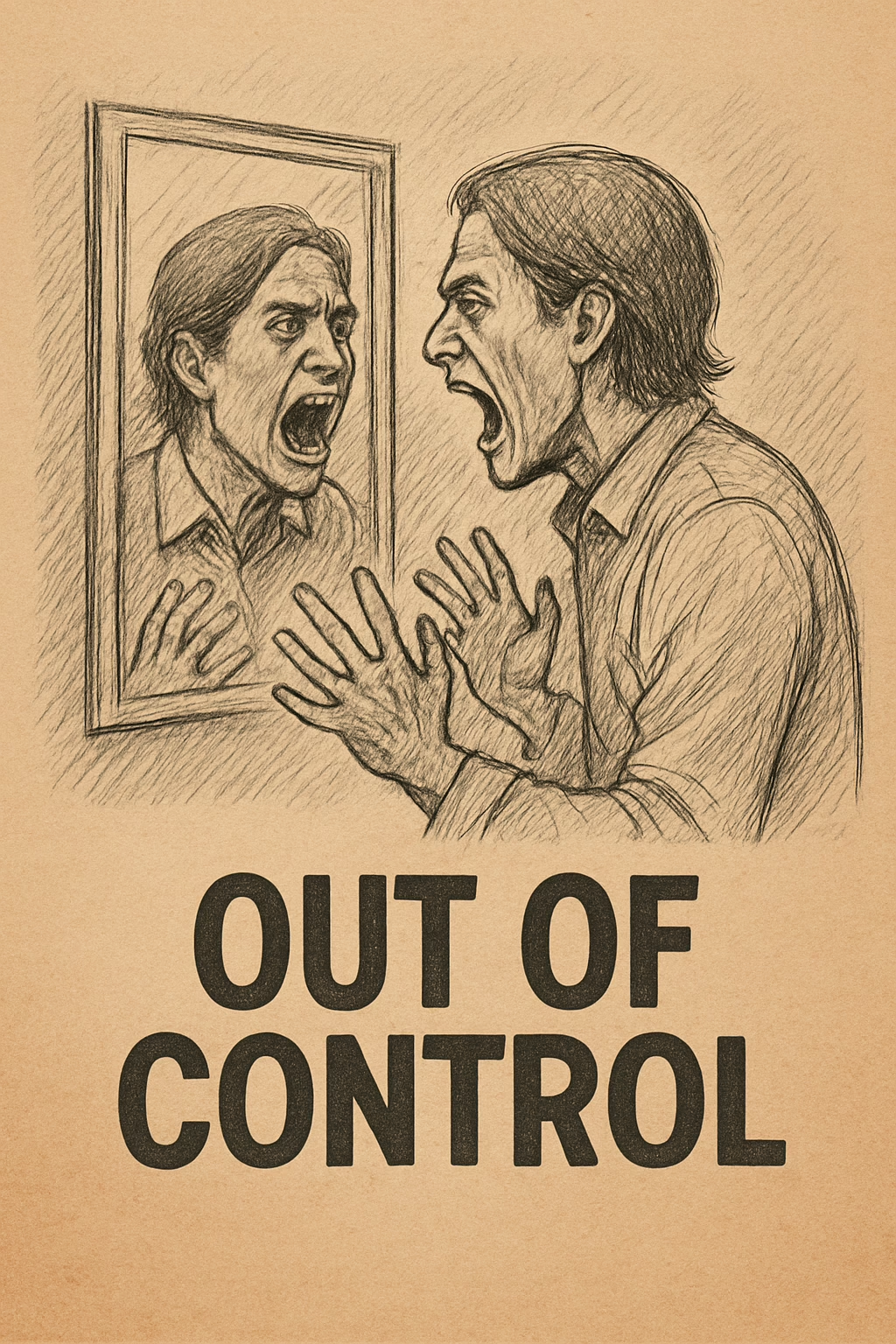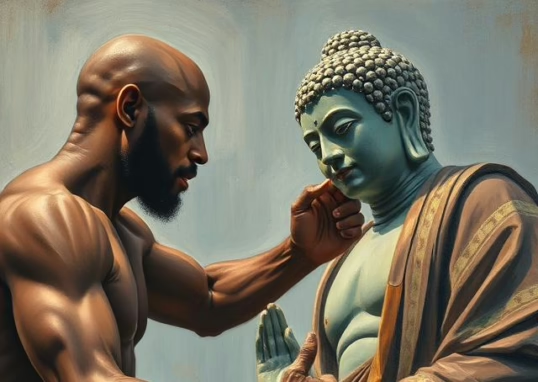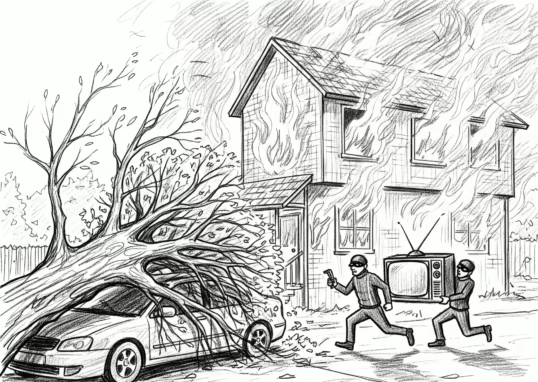
And No, Willpower Won’t Save You
Ever promised yourself you’d stop? No more cigarettes. No more late-night scrolling. No more snapping at loved ones. And yet, hours—or minutes—later, there you are again. You broke your word. So what now?
You tell yourself: I lost control.
But here’s the truth: “losing control” is an illusion—a clever excuse your mind makes up to protect your self-image.
Deep down, you want to be someone who lives with integrity. When your actions clash with your promises, something inside scrambles for a story that saves face. “I couldn’t help it,” becomes that story.
But that’s not what happened.
What really happened is this:
Two parts of you collided.
One part wants peace, health, focus. The other believes a cigarette or one more video is the only way to get relief, happiness, or meaning—right now.
This is not a failure of willpower.
This is a conflict of belief.
And no amount of white-knuckling will solve it.
To truly change, you need to resolve the internal war. That starts by examining both sides. The pain. The benefit. The lie. The truth.
One powerful framework that can help is Ray Edwards’ PASTOR method (no religion required). It’s simple, honest, and I’ve adapted it with my own insights to fit the self-improvement crowd. Here’s how to apply it:
P – Pain
Start by identifying the two types of pain:
- Pain caused by the behavior (e.g. smoking → lung cancer)
- Pain you’re trying to soothe with the behavior (e.g. smoking to relieve boredom or inner discomfort)
A – Amplify
Turn up the volume.
What’s the real cost of continuing this behavior?
Be vivid. Realistic—but urgent. “Lung cancer” becomes “needing an oxygen tank at 50 and watching your kids grow up without you.”
Then look at the pain that makes you reach for relief. Maybe it’s not boredom—it’s the fear of being alone with your thoughts. Then ask: Is this behavior actually helping? Most of the time, it’s just a distraction, not a cure.
S – Solution
Now flip the pain into purpose.
- If smoking harms your health, what’s a compelling reason to stay healthy? Your kids? A dream? Self-respect?
- If boredom drives your addiction, maybe it’s time to build the skill of being present with yourself instead of running.
But here’s the crucial step—borrowed from the Freedom Model for Addiction:
Examine the benefits you think your behavior gives you.
Ask yourself: How exactly does this behavior help?
Be brutally honest.
Does smoking actually relieve stress—or is it just a pause you’ve learned to associate with relief?
Does drinking really make you social—or do you already have that ability, and the drink is just your permission slip?
If you can’t clearly explain how the behavior creates the benefit, chances are—it doesn’t.
The power was in you all along.
The habit didn’t give it to you.
You did.
Which means—you can give it to yourself in healthier ways too.
T – Transformation
Is change really possible?
Yes—if you have evidence.
Look for stories of people like you who overcame the same struggle. No need for stats. Personal, relatable anecdotes hit harder than numbers.
O – Offer
Now envision what life could look like.
Vividly. Colorfully.
What does your day feel like when you’re free?
What does your energy feel like? Your relationships? Your habits? Your environment?
Amplify this future until it excites you more than the old habit.
R – Response
Time to act. Not blindly—but with clarity.
Take your solutions and set goals that make them real.
Make them:
- Long-term (6–12 months)
- Mid-term (1 month)
- Short-term (1 day)
And make them achievable. Start small. (Refer to my article on microhabits for more on that.)
Final Thought:
You’re not out of control.
You’re just stuck between two stories.
One says comfort now, consequences later.
The other says truth now, freedom forever.
Which one do you want to live by?




